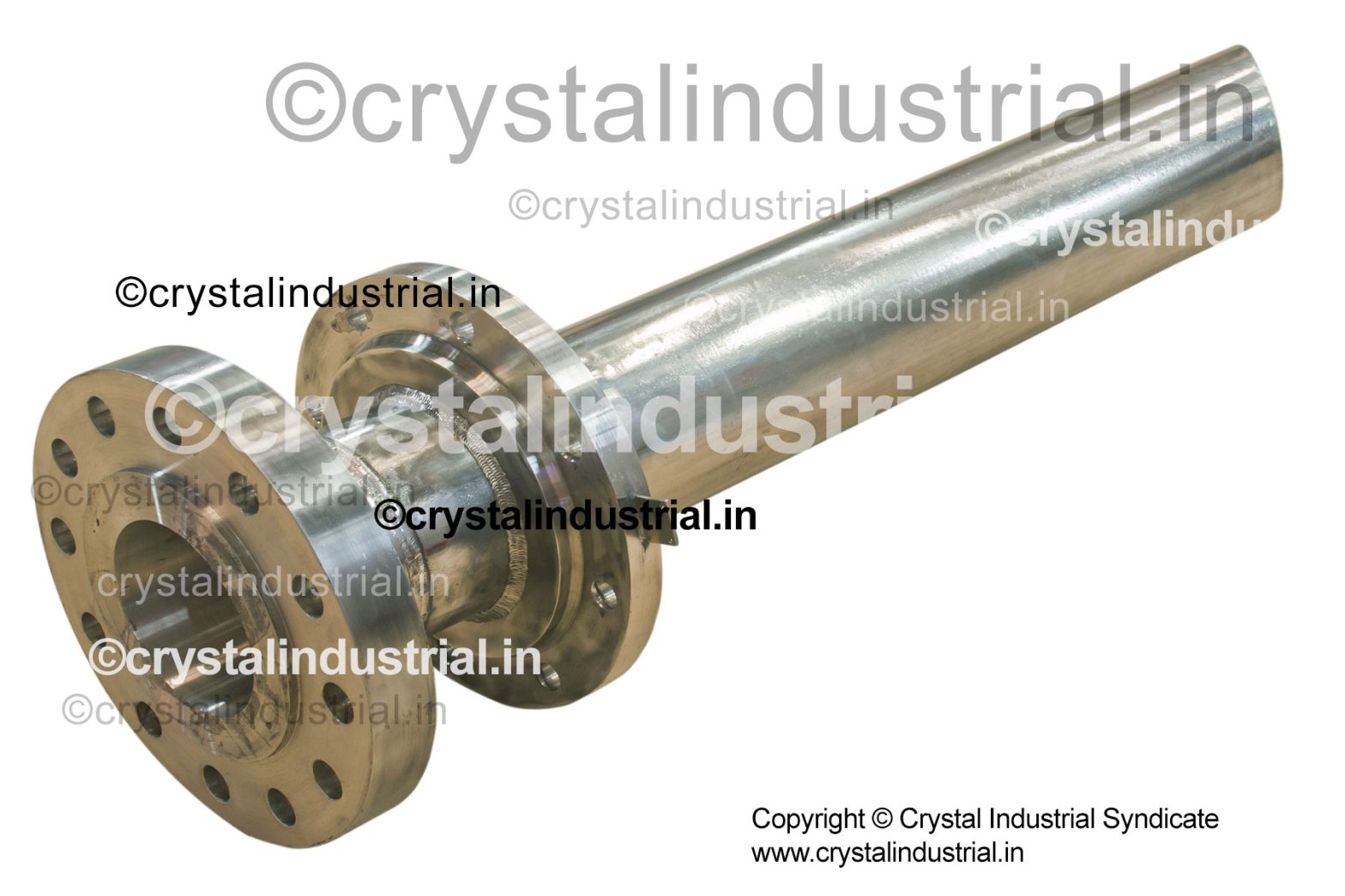What is the purpose of an injection quill? Why is an injection quill required?
Injection quill causes turbulence and allows the chemical to be dispensed into this turbulent stream, allowing for faster mixing and preventing large concentrations of the chemical from being deposited along the pipe’s wall. Corrosion and premature process pipe failure can result from chemical accumulation within a pipe.
Retractable injection quills allow chemical injection into a process fluid stream without disrupting, halting, or depressurizing the present process. This allows chemical to be injected into a system sooner and more cost effectively, rather than needing to wait for or force a shutdown in order to begin adding chemical to the process.
Depending on the operation, injection quills may include extra components such as isolation and bleed valves that allow the trapped or pressured chemical to be bled-off and a flush fluid to be passed through the quill prior to withdrawing the quill from the process.
Injection quills can be used to inject almost any chemical, including methanol, corrosion inhibitors, and anti-scalants, which are used to avoid freezing, reduce corrosion, and reduce scaling on the internal cavity of pipes, as well as a wide range of other process chemicals used in refineries, upgraders, petrochemical, water and wastewater plants, mines, and a variety of manufacturing processes.
How do injection quills improve safety?
Fixed or retractable quills with an isolation and/or bleed valve built in will allow for the safe release of trapped or excess chemical to a drain or safe disposal place or container. Retractable quills with a threaded guide enable for pressure-free removal. This means that the quill is trapped and controlled while being removed and will not shoot-out under pressure, perhaps causing harm.
Experienced engineers will collect and review all pertinent data to ensure that appropriate materials are used and that the design is optimal and safe for the process circumstances. This includes, but is not limited to, calculating wake frequencies and examining fluid compositions, flow, velocity, temperatures, and pressures.
Quill Specification and Design
By defining key variables at the start of the project, quill specification can be performed fast and effortlessly. In general, identifying a few basic specification parameters is required at the injection quill scoping phase. A qualified injection quill specialist, such as Crystal Industrial Syndicate, can assist you in rapidly and efficiently determining the following information:
- What sort of quill is suitable for your application? Is it fixed or retractable?
- What is the quill insertion length, design pressure, and design temperature?
- For the injected chemical, determine its flowrate, chemical name, viscosity, compatibility, and pressure.
- Also determine flowrate, chemical name, viscosity, compatibility, and pressure of the main process chemical.
- How big is the process pipe that’s being used?
- Injected Quill Connection: validate details on the connection type (Flange or MNPT/FNPT), material, and connection size.
- Confirm the height of the connection face from the surface of the process pipe (or the current valve), as well as the kind of connection (Flange or MNPT/FNPT), material, and connection size.
- The costing, design, and production of the quills can commence once the above information is confirmed.
Hope that provides you with a fair idea of the purpose of an injection quill. Contact us to know how Crystal Industrial Syndicate’s products can support your injection quills requirements. Our experts can recommend custom-built solutions. Contact us
Copyright © 2023 by Crystal Industrial Syndicate Pvt Ltd. All rights reserved. www.crystalindustrial.in
